Maha Kumbh Mela festival begins in India after 144 years
More than 400 million people are expected to attend the festival at the banks of the Ganges.
1736761361-0/sidra--(87)1736761361-0-640x480.webp)
The world’s largest religious gathering, the Maha Kumbh Mela, has begun in India, drawing millions of Hindu devotees to the banks of the Ganges in Prayagraj, Uttar Pradesh.
The festival, which occurs every 12 years, is particularly significant this year as it marks the Maha Kumbh Mela, a grand event that only takes place once every 144 years.
The festival is expected to attract over 400 million people, the largest crowd in the history of the event, and will run for 45 days, concluding on February 26.
Prayagraj is considered one of the holiest sites for Hindus due to its location at the Triveni Sangam, the confluence of the Ganges, Yamuna, and the mythical Saraswati rivers. Devotees believe immersing themselves in the waters will purify their souls.
The festival features several shahi snans (holy bathing days), where participants believe the act cleanses them spiritually.
1736760959-0/sidra--(83)1736760959-0.png)
Photo: @devdxb on Instagram
The origins of the Kumbh Mela are rooted in the Hindu legend of Samudra Manthan, or the churning of the ocean.
According to the legend, Lord Vishnu spilled drops of the elixir of immortality from his urn at four spots on Earth, now believed to be the cities of Prayagraj, Haridwar, Ujjain, and Nashik, which host the Kumbh Mela on a rotational basis.
1736761058-0/sidra--(84)1736761058-0.png)
Photo: @devdxb on Instagram
This year’s event is particularly grand, with a significant political undertone. The festival is considered a symbol of Hindu unity, and under the current government of the Bharatiya Janata Party (BJP), led by Prime Minister Narendra Modi, the festival’s scale has grown, both in terms of religious importance and political symbolism.
Uttar Pradesh Chief Minister Yogi Adityanath, a member of the BJP and a Hindu monk, has spent over 70 billion rupees on infrastructure and sanitation for the festival.
This year’s celebration is expected to be the most expensive to date, with state resources allocated to ensure the event’s success.
While the Kumbh Mela is traditionally a celebration of Hinduism and unity, this year’s festivities have also drawn controversy.
Reports have emerged that Muslim vendors have been barred from setting up stalls for the first time, and Muslim taxi drivers were allegedly instructed not to take passengers from Hindu pilgrims. These developments have sparked concerns about the potential for religious tensions.
Senior festival priest Mahant Durganand Brahmachari called for peaceful coexistence, condemning any attempts to divide the community along religious lines.
1736761201-0/sidra--(85)1736761201-0.png)
Photo: @devdxb on Instagram
Technological innovations have also been introduced to improve the organization and safety of the event. The Kumbh Mela mobile app, which includes an AI-powered chatbot in 11 languages, will help pilgrims navigate the vast festival grounds, which span 15 square miles.
To address the issue of pilgrims becoming lost, each attendee will be given a radio frequency wristband for tracking purposes. Additionally, security will be enhanced by the use of thousands of drones, both underwater and in the air, and a light show involving over 2,000 drones will depict stories from Hindu mythology.
Despite the challenges, the Maha Kumbh Mela is expected to continue to grow in significance, both as a religious and cultural spectacle, drawing millions of participants from around the world.


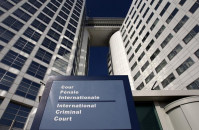


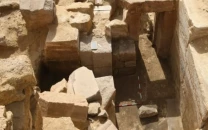
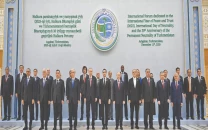

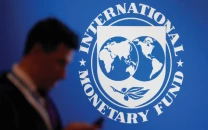

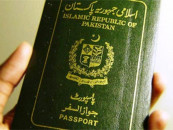

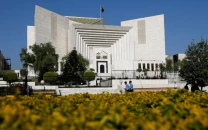
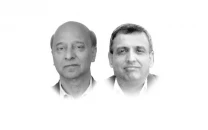





COMMENTS
Comments are moderated and generally will be posted if they are on-topic and not abusive.
For more information, please see our Comments FAQ